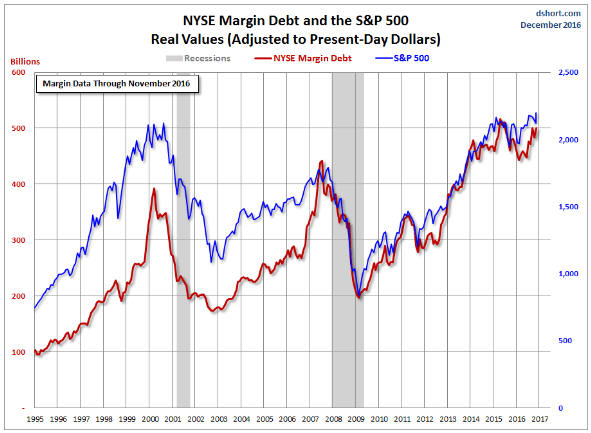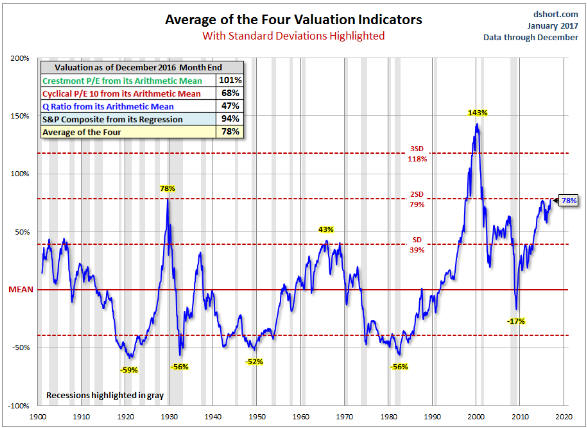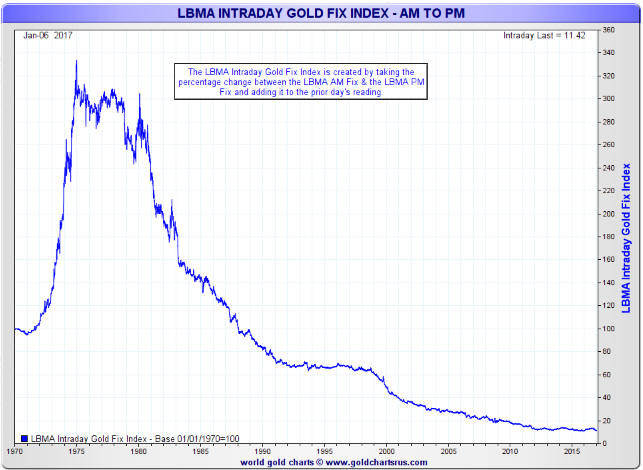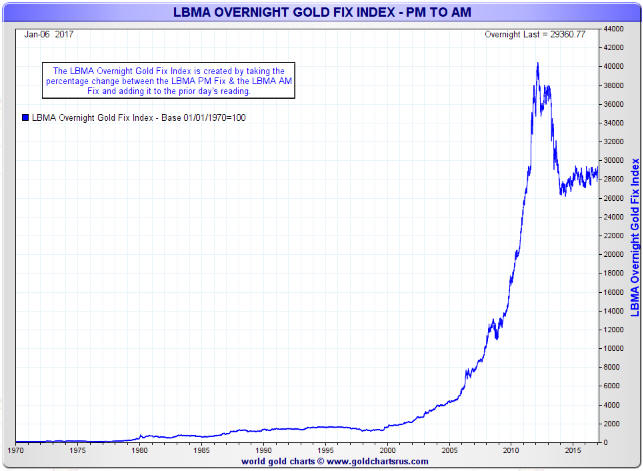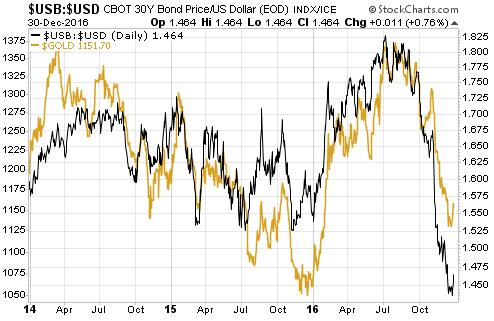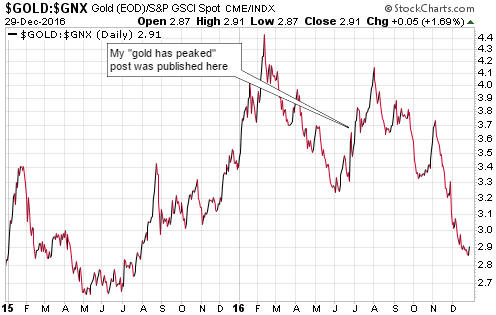The US Constitution is often held up as an ideal to be aspired to, but it is actually far from ideal.
One reason it is far from ideal is that the section setting out the powers of Congress (Article 1 Section 8) is too general. For example, it gives Congress the power to “lay and collect Taxes, Duties, Imposts and Excises, to pay the Debts and provide for the common Defence and general Welfare of the United States.” The terms “Taxes” and “general Welfare” had different (much narrower) meanings back then, but it’s not hard to understand how this statement could be construed to justify much of the growth in the federal government over the ensuing 200+ years. Another example concerns money. The Constitution gives Congress the power to “coin Money [and] regulate the Value thereof.” It’s not hard to understand how the words “coin Money” could be interpreted to mean “create Money”, since “coin” and “create” (in reference to money) were effectively the same thing when the Constitution was penned.
It is often claimed that the Constitution requires money to be gold or silver coin, but this is not the case. The only mention of gold or silver is in the section that sets out the limitations on the powers of individual states (Article 1 Section 10). This section prohibits any State from making “any Thing but gold and silver Coin a Tender in Payment of Debts”, but imposes no restrictions on the power of Congress to coin money and regulate the value thereof.
Should the Constitution have been much clearer in defining money as gold and/or silver?
The answer is no, because the government should not have the right to determine what is and isn’t used as money by private individuals. The Constitution should simply have forbidden the government from having anything to do with money. In particular, rather than empowering the government to coin money and regulate the value thereof it should have prohibited the government from exerting any influence over the supply or value of money.
What is/isn’t money should be chosen by ‘the market’. It’s likely that the market would choose gold and/or silver if it were free to make the choice, but the freedom to choose something other than a precious metal should always be available. That’s why a “Gold Standard” is not a worthwhile objective. The government doesn’t have the legitimate right to impose gold as money any more than it has the legitimate right to impose pieces of paper as money.
The US Constitution opened the door to much of what happened later. It’s therefore likely that if the writers of the Constitution had the chance to do it over again knowing what is known today, they would cobble together a very different document.
 Print This Post
Print This Post

